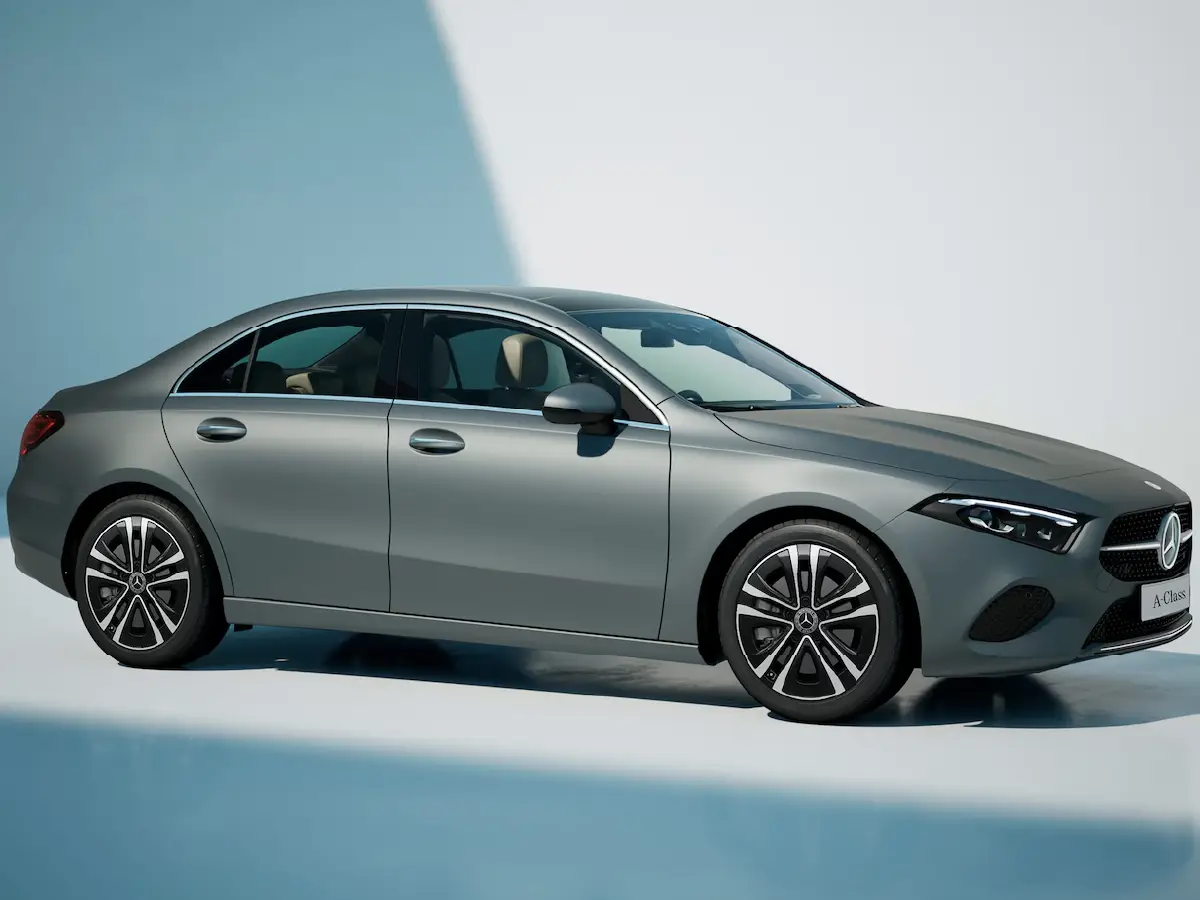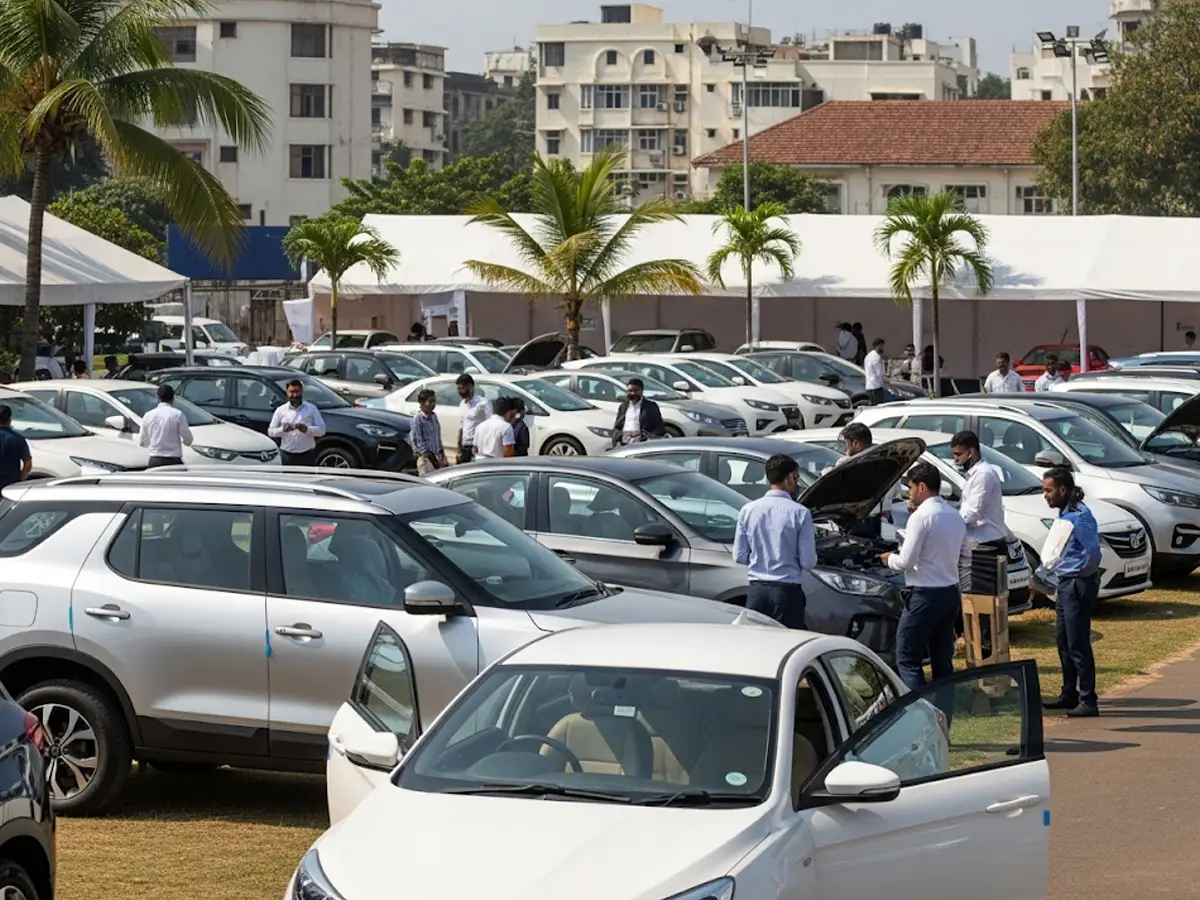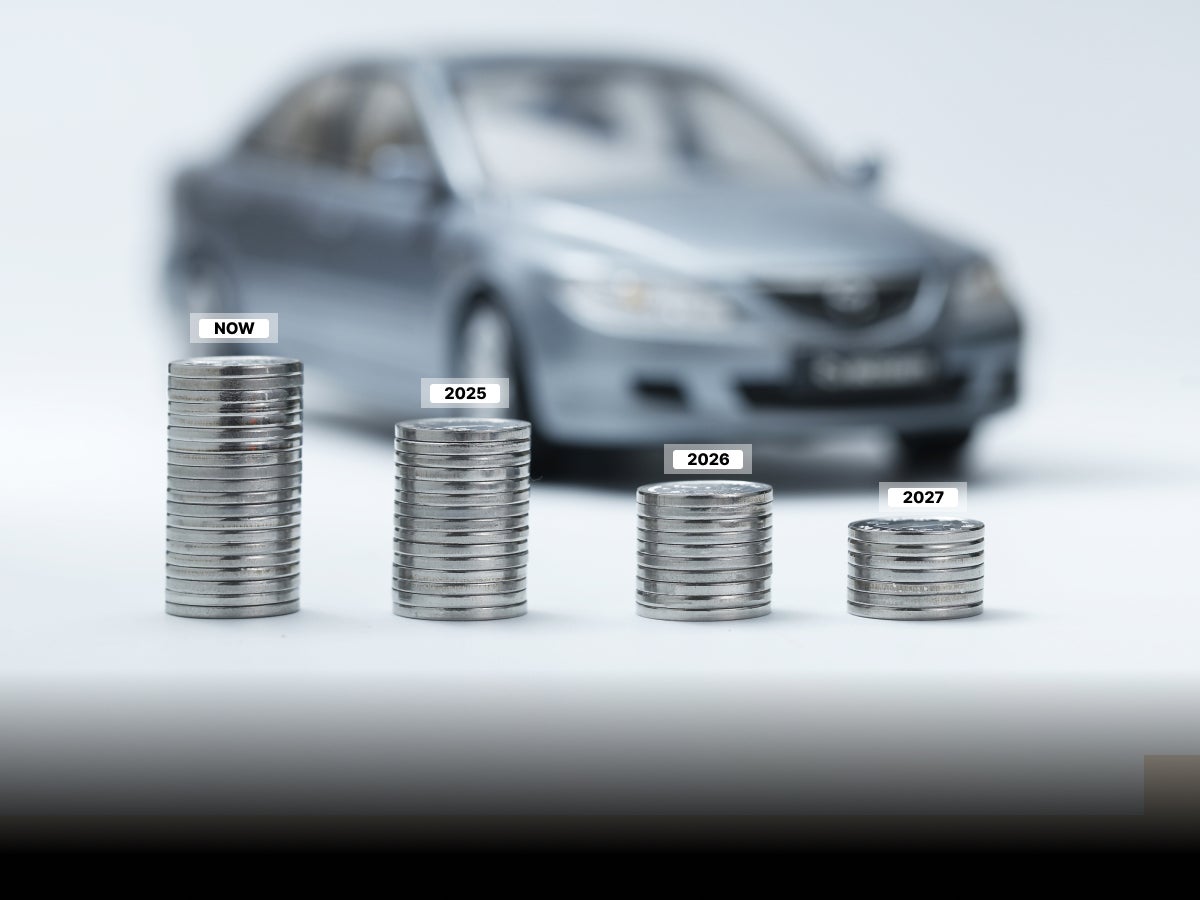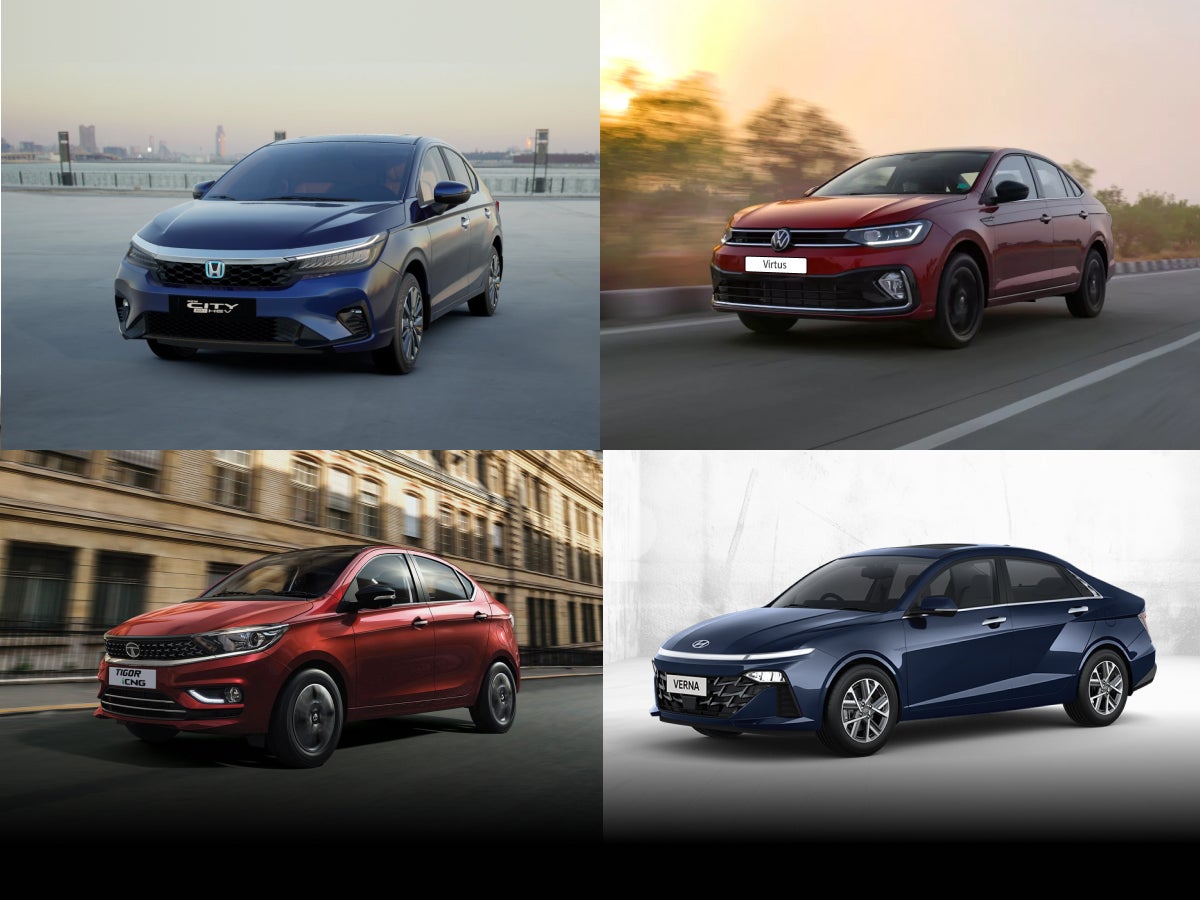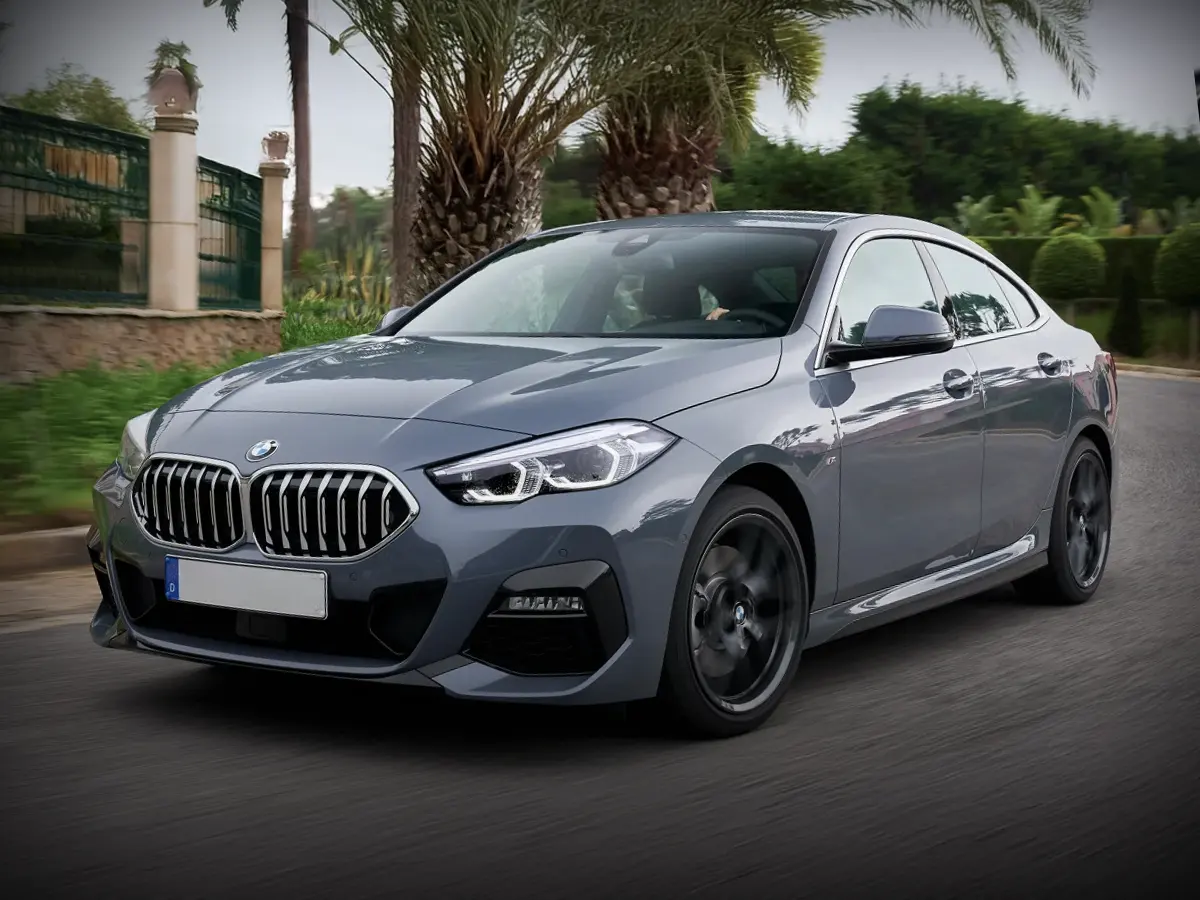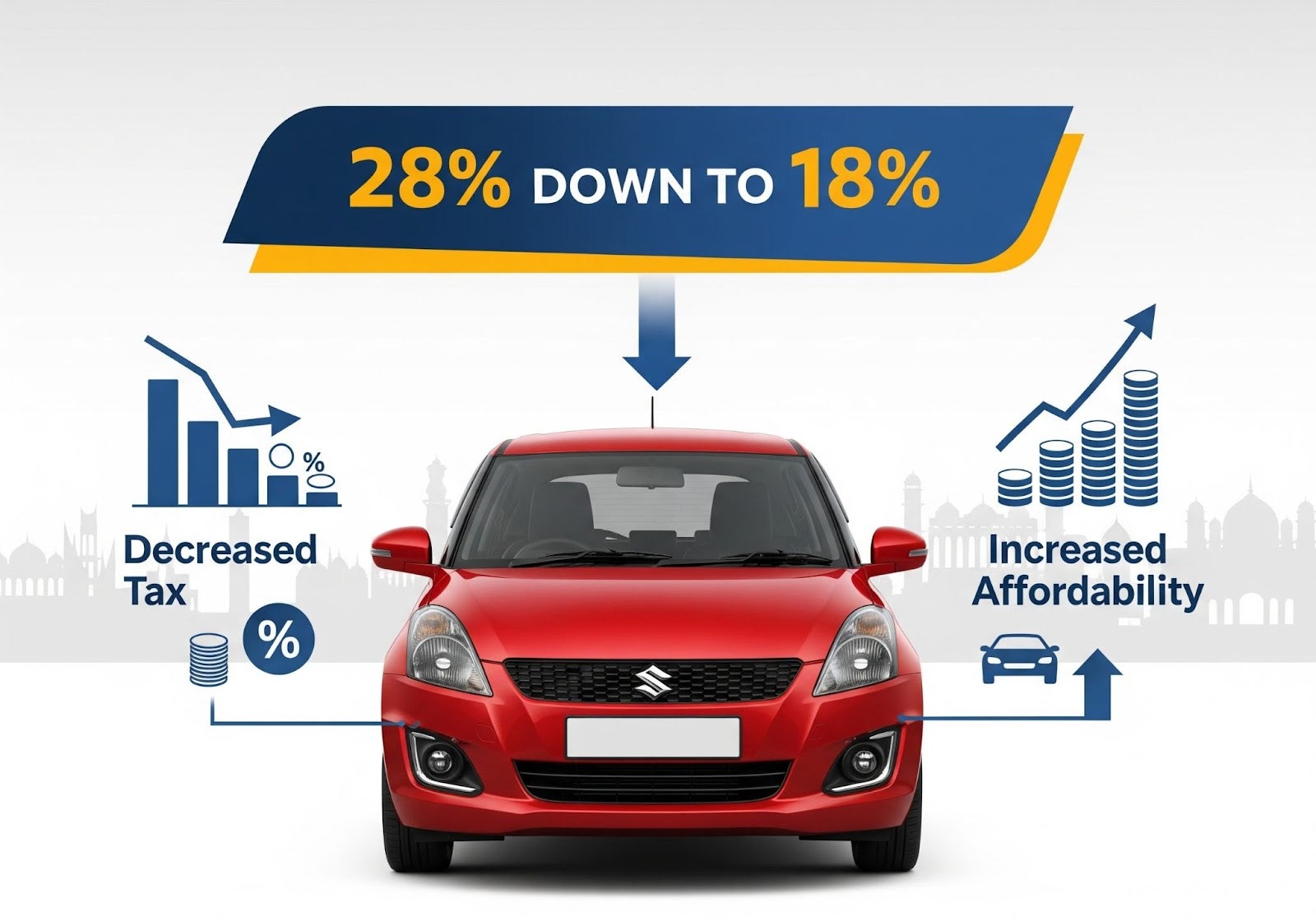

Proposed GST Rate Cut on Hatchbacks in India
- 1GST on hatchbacks may drop from 28% to 18%, cutting prices by ~10–12%
- 2Proposed tax cut could revive demand in India’s shrinking small car market
- 3Simplified GST structure aims to reduce disputes and boost auto sales
The GST rate cut on small cars or hatchbacks marks a transformative shift in India’s automotive tax structure. GST (Goods and Services Tax), a unified indirect tax, replaced multiple state and central levies. Under the current car taxation framework, most hatchbacks, small cars under four meters and up to 1,200 cc (petrol) or 1,500 cc (diesel), are taxed at 28% GST plus a compensation cess of 1% to 3%, bringing total taxation to 29–31%.
As part of one of the tax reforms, the government has proposed a GST rate cut on hatchbacks, reducing GST to 18% slab while collapsing the number of GST tiers to two (5% and 18%) and doing away with the 12% and 28% slabs entirely.
Current GST Framework and the Proposed Change
Currently, when we refer to the tax implications on different cars segments in India, small cars are burdened with a base GST of 28% plus a compensation cess, 1% for petrol, 3% for diesel, taking the total tax incidence to roughly 29–31%.
Under the proposed reform:
- GST slab restructured: Small cars (hatchbacks) will shift from the 28% slab to the 18% slab.
Abolition of 28% slab, replaced by just 5% and 18%.
Once approved by the GST Council, likely by October, the reform is expected to take effect from October itself.
Impact on Prices and Consumer Affordability
Shifting hatchbacks or small cars to the 18% slab translates to a 10 percentage point tax reduction. For instance, a car with a ₹5 lakh ex-showroom base price could see its tax burden reduce by approximately ₹50,000, lowering the total price by around 10–12%, a significant saving for buyers.
According to Maruti Suzuki’s R. C. Bhargava, “lower GST rates, if they happen, will certainly help the segment since small cars will then become more affordable.” He added that the reform could drive more people into the purchasing system. Industry experts predict that affordable pricing could reignite demand among price‑sensitive buyers.
As markets anticipate the price dip, auto stocks rallied, with Maruti Suzuki shares surging nearly 9% and broader indices seeing strong gains.
Benefits for the Automobile Industry
The proposed GST cut on small cars or hatchbacks is expected to be a major boost for the Indian automobile industry, particularly for manufacturers that specialise in small cars.
Increased Sales and Production: With a significant price reduction, the demand for hatchbacks is projected to rise. This will, in turn, lead to an increase in production, helping to revive a segment that has seen declining sales for several years. The small car market's share in the overall passenger vehicle market has been shrinking, largely due to a preference for SUVs and rising prices. This GST cut could reverse that trend.
Boost to Tier-2 and Tier-3 Cities: Hatchbacks are a popular choice in semi-urban and rural areas. Making these cars more affordable could unlock new markets and drive sales in smaller towns and cities, where price sensitivity is higher. This could also encourage two-wheeler owners to upgrade to a four-wheeler.
Simplified Tax Structure: A simplified GST regime would not only reduce prices but also streamline the classification process, ending disputes related to engine size and vehicle length. This clarity would benefit manufacturers and the entire supply chain, making it easier to do business.
Potential Challenges and Disadvantages
While the proposed GST cut on hatchbacks has numerous benefits, it's not without its challenges.
Government Revenue Loss: A reduction of 10% in the GST rate on a major product category will lead to a significant short-term revenue loss for the government. Although the increase in sales might offset some of this loss in the long run, the immediate fiscal impact is a key consideration.
Impact on Electric Vehicles (EVs): The current GST rate on EVs is 5%, a measure specifically designed to promote the adoption of green mobility. If the tax on internal combustion engine (ICE) vehicles, particularly small cars or hatchbacks, drops to 18%, the price gap between ICE and EVs will narrow. This could make ICE cars more attractive and potentially slow down the government's push towards electric mobility.
Uncertainty and Delayed Purchases: The proposal itself, while positive, has created some uncertainty. Potential buyers may delay their purchases in anticipation of the price cuts, which could lead to a temporary slowdown in sales in the immediate future. Consumers will wait for the final decision from the GST Council before making a buying commitment, causing a near-term dip in demand.
Conclusion
The GST rate cut on hatchbacks & small cars promises a refresh for India's under‑performing small‑car segment. With an anticipated major reduction from 28% to 18%, and the removal of higher cess burdens, affordability stands to improve significantly. This move holds the potential to revive the hatchback sector in the country, with enhanced affordability increasing the potential for more people to move into the four-wheeler buyer segment.








